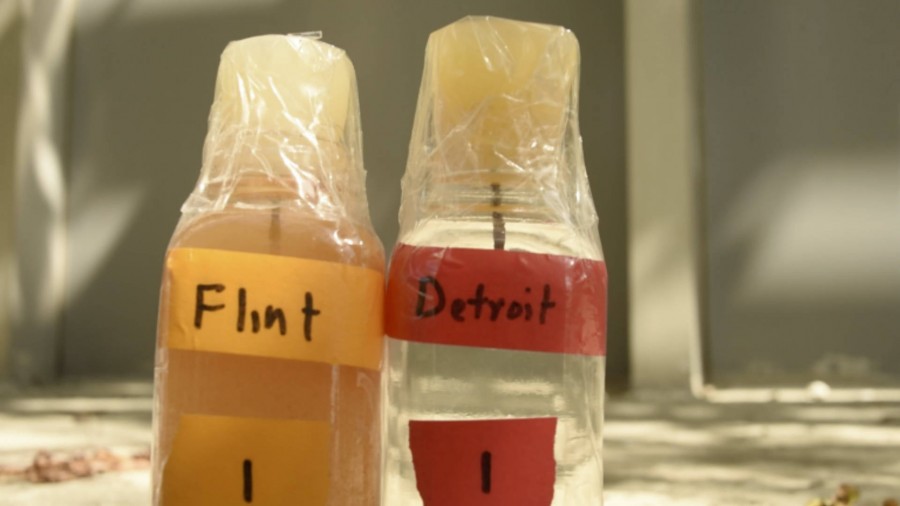Flint Water Crisis
Many know Michigan as the naturally beautiful state which overlooks the Great Lakes, one of our country’s iconic landmarks. Lately, however, Michigan has been making headlines in a far more unsavory way. Flint, a city in Michigan, is begging for help from the U.S. government because their water supply has become tainted. Brown water oozes out of everyone’s sinks, and the sludge is laced with dangerous chemicals, including lead and chlorine. Unfortunately, these citizens’ pleas for help have fallen on deaf ears. No one in a position to aid Flint and end this crisis is paying any attention.
One of the questions everyone is asking about the crisis is what caused it. The mayor of Flint, Karen Weaver, remarked that, “it’s ironic when you live in the Great Lakes State, and you don’t have access to clean water.” So how did this seemingly well-equipped state fall to a level that some developing countries have already surpassed? Some blame the city while others believe the U.S. government is the root to the issue. According to Michigan Live journalist Jake May, the first signs of trouble began back in 2013 when the Flint city council voted 7-1 to stop buying water from Detroit. Instead, they planned to join the Karegnondi Water Authority pipeline which would provide water from Lake Huron. This change would have saved the city an estimated 19 million dollars. However, the KWA pipeline was not expected to be fully constructed for another three years when the treaty, designed to stop getting water from Detroit, was signed. As the time when the Detroit water would be officially and completely cut off grew nearer, the city council searched harder for a new source of water. The Flint River was suggested and the construction of a water plant for the Flint River began shortly after.
The new water plant required several updates to be able to properly treat the water because Flint had previously received already-treated water from Detroit. As water from the Flint River became more prevalent, more and more citizens of the town started buying bottled water, complaining that the water tasted and smelled awful. An article from “The Guardian” stated that nearly four months after the switch, advisories to boil water before drinking it were sent out after fecal bacteria was found in it. In 2015, the water was found to violate the Safe Drinking Water Act due to dangerously high levels of various chemicals, some of which caused General Motors to cease using Flint water for fear it would cause corrosion.
Later in 2015, this corrosion began to create more problems when lead water pipes corroded and released toxins into the water. Virginia Tech civil engineer, Marc Edwards, declared, “We had never seen such sustained high levels of lead in 25 years of work.” When these high levels of lead were discovered in the water, officials declared a public health emergency in the county in hopes of gaining the attention and aid of state governor, Rick Snyder. Synder eventually began attempting several different approaches to rectify the situation, but in October 2015, he created a 12 million dollar plan to reconnect Flint’s water system with Detroit’s.
As the crisis continues and Michigan’s officials scramble to find and fund safe drinking water, the media has only just begun to widely report this information. At the moment, the citizens of Flint are facing problems that are typically only present in third-world and developing countries. According to the Washington Post, between 6,000 and 12,000 children have been exposed to drinking water with high levels of lead and they may experience a range of serious health problems. The water change is also a possible cause of an outbreak of Legionnaires’ disease that has killed 10 people and affected another 77. While this kind of information has only recently become available, the issue reached extremely dangerous proportions almost two and a half years ago.
This massively expensive and dangerous situation has not only been ignored in the media, but it also has not gained sufficient national aid and attention. The water in Flint has caused illness and death, and while the current program is working to reconnect the town to Detroit, there are not enough funds to sustain this. Flint must pay Detroit for water (hence the original 2013 decision to split from Detroit’s water source) and after this tremendous financial injury, this will again be a major problem. The crisis in Flint desperately requires attention or, at the very least, awareness, but it currently has neither.






